Looking to discover the different body building types and find the best fit for your training goals? This article explains various bodybuilding categories, their unique features, and effective training strategies. Get insights to choose the path that aligns with your fitness aspirations.
Key Takeaways
-
Classic Physique and Men’s Physique both emphasize muscle definition and symmetry rather than sheer size, with a strong focus on posing and presentation.
-
Understanding body types is key in bodybuilding, as it impacts training, nutrition, and overall results – ectomorphs, mesomorphs, and endomorphs each require tailored approaches.
-
Natural bodybuilding promotes sustainable muscle development without drugs, prioritizing healthy lifestyles, balanced diets, and strict drug testing to ensure fair competition.
Classic Physique Training

Classic Physique training is all about creating an aesthetic and balanced physique, focusing on muscle definition rather than sheer size. This approach emphasizes the importance of achieving a harmonious body composition, where each muscle group is developed proportionately to create a visually appealing look. For competitors in Classic Physique, mastering the key elements of training and posing is crucial.
The foundation of Classic Physique training lies in compound movements such as squats and deadlifts, which help build overall strength and muscle mass. These exercises engage multiple muscle groups simultaneously, promoting muscle growth and enhancing muscle separation. Incorporating these movements into your exercise routine can significantly improve your muscle development and contribute to a more balanced physique.
Posing practice is another crucial aspect of Classic Physique training. Competitors are required to perform specific poses, such as the vacuum pose and mantis pose, which highlight muscle symmetry and fluidity. Practicing these poses regularly ensures that you can present your physique effectively on stage, enhancing your overall presentation and stage presence.
Achieving a classic physique also involves focusing on particular muscle groups, such as defined shoulders and a tapered waist. This requires a targeted approach to weight training, where exercises are chosen to develop these areas while maintaining overall balance. Focusing on these areas helps in achieving an athletic physique that aligns with Classic Physique competition standards.
One of the advantages of Classic Physique is its accessibility and sustainability. Unlike other divisions that may require extreme muscle size, Classic Physique allows competitors to focus on creating a lean body with a balanced and muscular physique. This approach is not only more achievable for many but also promotes long-term health and wellness.
Men's Physique Strategies
Men’s Physique is all about achieving a well-proportioned and aesthetic physique, with an emphasis on muscle tone, symmetry, and overall stage presence. Competitors in this category wear board shorts, which means the focus is primarily on the upper body. This necessitates a specialized approach to training and presentation.
The judging criteria in Men’s Physique prioritize muscle tone and symmetry over sheer muscle size. This means that competitors need to focus on creating a balanced physique, where each muscle group is developed proportionately, aiming to build as much muscle as possible. Incorporating a mix of weight training and cardio into your exercise routine can help achieve this desired look. Weight lifting builds muscle, while cardio reduces body fat, ensuring a lean physique.
Posing practice is essential in Men’s Physique, as competitors must learn to present their physique effectively to the judges. This involves practicing specific poses that highlight muscle definition and symmetry, as well as mastering the art of fluid transitions between poses. The right pose can make a significant difference in how your physique is perceived, so dedicating time to perfecting your posing routine is crucial.
Cardio also plays a vital role in achieving the leanness required for Men’s Physique competitions. Regular cardio sessions help in reducing body fat, which enhances muscle definition and overall appearance. Balancing weight training with cardio ensures that you maintain a lean body while still building muscle mass.
Women's Physique Insights
The Women’s Physique category is designed to showcase a balance between muscularity and femininity. Unlike Women’s Bodybuilding, which emphasizes extreme muscle size, Women’s Physique focuses on creating an aesthetically pleasing physique with muscle symmetry and size. This category requires competitors to present a well-balanced physique that combines muscle development with overall presentation and stage presence.
Competitors in Women’s Physique are evaluated on multiple criteria. These include muscle symmetry, size, overall presentation, stage presence, and posing. This means that training for Women’s Physique involves not only building muscle but also practicing posing and stage presentation. The ability to present your physique effectively can make a significant difference in how you are judged.
A key feature of Women’s Physique is the combination of muscularity and femininity. This requires a training approach that focuses on building muscle while maintaining a lean body. Weight training is essential for muscle development, while a balanced diet and regular cardio help in reducing body fat and achieving a lean physique. Competitors typically wear a two-piece posing suit without heels, which emphasizes their muscle definition and overall aesthetic.
Overall, the Women’s Physique category offers a unique opportunity for female athletes to showcase their muscle development and stage presence while maintaining a feminine look. Balanced training and effective posing are key to succeeding in this category.
Bodybuilding Fundamentals

Bodybuilding fundamentals are essential for anyone looking to compete in bodybuilding competitions, regardless of the category. Open Bodybuilding specifically emphasizes maximizing muscle mass. Additionally, it aims to enhance overall conditioning. This requires a comprehensive understanding of muscle development, training techniques, and nutrition.
One of the key principles in bodybuilding is mechanical tension, which is critical for muscle growth. This is achieved through intensive training that challenges the muscles and promotes muscle development. Progressive overload, which involves gradually increasing weights and/or repetitions, is another essential technique for stimulating muscle growth. By consistently challenging your muscles, you can achieve significant muscle gains and improve your overall physique.
The repetition range of 6-12 is ideal for stimulating muscle growth. This range allows for a balance between muscle hypertrophy and strength development. Incorporating compound exercises like squats and bench presses into your exercise routine is also crucial, as these exercises engage multiple muscle groups and maximize hormonal responses. This leads to greater muscle growth and overall muscle development.
Nutrition plays a vital role in bodybuilding, particularly during the bulking phase, where the goal is to gain muscle mass through a caloric surplus. Consuming calorie-dense foods helps meet the high caloric needs necessary for muscle repair and growth. A diet rich in protein, carbs, and healthy fats supports muscle development and overall body composition.
Understanding your body type is crucial for optimizing your bodybuilding efforts. Each body type (ectomorph, mesomorph, endomorph) has its unique characteristics that impact training and nutrition response. Tailoring your approach to your specific body type can help you achieve better results and reach your bodybuilding goals more effectively.
Fitness Division Techniques
The Fitness Division combines elements of athleticism, performance, and physique to create a unique competitive category. Competitors in this division showcase their skills through a performance routine with music that lasts around two minutes. This routine typically includes elements of agility, flexibility, and strength, making it a dynamic and entertaining part of the competition.
There are two rounds of judging in the Fitness Division: the physique round and the performance round. In the physique round, competitors are judged on their muscle development, symmetry, and overall presentation. The performance round, on the other hand, focuses on the athletic skills and creativity of the routine. This dual approach ensures that competitors are evaluated on both their physical appearance and their athletic abilities.
Hydration strategies are crucial for competitors in the Fitness Division, as they can significantly affect muscle fullness and appearance on stage. Staying properly hydrated helps maintain muscle definition and ensures that competitors look their best during both rounds of judging. Additionally, competitors wear a two-piece suit for the physique round and themed costumes for the performance round, adding an extra layer of creativity and individuality to their presentation.
Overall, the Fitness Division offers a unique blend of physique and performance, allowing competitors to showcase their athletic skills and muscle development. By focusing on both aspects, competitors can achieve success in this dynamic and exciting category.
Natural Bodybuilding Competitions
Natural bodybuilding competitions emphasize the development of muscle through sustainable and drug-free methods. This approach promotes a healthy and balanced physique, free from the use of performance-enhancing drugs. Competitors in natural bodybuilding must adhere to strict drug testing protocols, ensuring a level playing field for all participants.
A diet rich in protein is crucial for muscle growth in natural bodybuilding, with a recommended intake of about 1 gram per pound of body weight. Protein supports muscle repair and growth, making it an essential component of a bodybuilder’s diet. Additionally, consuming carbohydrates post-workout can enhance muscle recovery by promoting insulin levels that slow protein breakdown. This helps ensure that muscles recover and grow effectively after intense training sessions.
Adequate sleep is also vital for muscle recovery, as muscle-growing hormones are released during sleep. Ensuring that you get enough sleep each night can significantly impact your muscle development and overall performance.
The World Natural Bodybuilding Federation enforces strict drug testing protocols, including urine tests and polygraph examinations, to ensure compliance with anti-doping regulations. Random drug testing is conducted both in and out of competitions to maintain the integrity of natural bodybuilding. Competitors must be drug-free for a minimum of ten years before participating in events, and athletes can face lifetime bans for failing drug tests related to anabolic steroids and other banned substances. Organizations like the MuscleMania also promote natural bodybuilding competitions with stringent drug-testing standards.
Understanding Body Types in Bodybuilding

Understanding your human body type is essential for optimizing your bodybuilding efforts. There are three primary body types: ectomorph, mesomorph, and endomorph, each with unique characteristics that impact training and nutrition response.
Ectomorphs are characterized by a thin and lean body type, often tall with a slender frame. They typically struggle to gain muscle mass and need to focus on a calorie-rich diet high in protein, carbs, and healthy fats. Minimizing cardio is also important for ectomorphs to avoid burning excess calories that are crucial for weight gain. Frequent, calorie-dense meals, including liquid calories from milk or calorie-rich smoothies, can support their muscle-building goals.
Mesomorphs have a balanced metabolism, allowing them to transition easily between muscle gain and fat loss. They are naturally athletic and can thrive on a mix of hypertrophy and strength training. Mesomorphs can gain and lose body weight easily, providing them with a significant edge in bodybuilding.
Endomorphs usually have a slower metabolism, which makes weight management more challenging. Endomorphs should focus on a healthy diet and incorporate cardio workouts to control body fat levels. High-intensity interval training (HIIT) can be particularly beneficial for endomorphs, as it boosts metabolism post-exercise.
Tailoring training and nutrition to your body type optimizes muscle growth and lose fat while maintaining low body fat, ensuring better results and reaching bodybuilding goals more effectively.
Key Bodybuilding Competitions

Competing in major bodybuilding competitions is a significant milestone for any bodybuilder. The National Physique Committee (NPC) and the International Federation of Bodybuilding and Fitness (IFBB) are two of the most prestigious organizations in the bodybuilding world. The NPC is a common entry point for many competitors, providing a platform for amateur bodybuilders to showcase their skills.
To compete in NPC Pro Qualifier contests, athletes must place in the top 5 in an open class at designated qualifying events. This ensures that only the best competitors advance to higher levels of competition. Additionally, competitors must be U.S. citizens to participate in key national competitions like the NPC Junior USA Championships. The NPC also recognizes both open and novice classes, allowing competitors of all levels to participate and progress.
The IFBB Pro League hosts professional-level competitions, with many athletes transitioning from NPC ranks to this elite tier. Judging criteria in these competitions often include evaluation of muscle size, definition, and overall presentation. Competing in these prestigious events can propel bodybuilders to new heights in their careers.
For aspiring bodybuilders, understanding the requirements and standards of these key competitions is crucial. By setting clear goals and working towards meeting these criteria, you can achieve success and recognition in the world of competitive bodybuilding.
Importance of Appropriate Clothing in Competitions
Proper clothing enhances a bodybuilder’s physique, supporting optimal performance and confidence during competitions. Fitted clothing not only serves aesthetic purposes but also helps bodybuilders showcase their muscle definition effectively. During physique competitions, every detail is scrutinized by the judges, making proper clothing crucial.
Bodybuilding attire typically includes muscle tees, stringers, and breathable fabrics for better moisture management. The right bottoms, such as split shorts or stretch fabrics, are also essential for dynamic movements during workouts and competitions. Brands like Oxcloth cater specifically to bodybuilders, offering tailored fits that celebrate their muscular builds.
Comfort and freedom of movement are essential when choosing outfits for bodybuilding competitions. Proper clothing significantly impacts your performance and presentation on stage, ultimately affecting your success in competitive bodybuilding.
Performance Enhancing Drugs: Risks and Regulations
The use of performance-enhancing drugs (PEDs) in professional bodybuilding is a controversial topic. While they can significantly enhance muscle development and performance, the risks associated with their use are substantial. Anabolic steroids, one of the most common PEDs, are linked with serious health issues such as liver injuries, heart attacks, and strokes. The practice of stacking, or combining multiple bodybuilding products, can further heighten these risks, leading to adverse reactions and health complications.
The FDA plays a crucial role in regulating the sale of illegal performance-enhancing products. However, the ease with which product names or labels can be changed poses a significant challenge. Many athletes and bodybuilders may unwittingly use PEDs that are illegally marketed as dietary supplements. These products often contain undisclosed harmful substances, putting users at risk of severe health issues.
Withdrawal symptoms are another concern for those who abruptly stop using anabolic steroids. These symptoms can include fatigue, depression, and loss of appetite, making it difficult for athletes to transition back to natural bodybuilding. Organizations like the World Natural Bodybuilding Federation enforce strict anti-doping regulations to promote drug-free competition and maintain the integrity of the sport.
Understanding the risks and regulations of performance-enhancing drugs allows bodybuilders to make informed decisions and prioritize their long-term health. Natural bodybuilding methods promote a balanced physique and ensure a sustainable, healthy approach to muscle development.
Summary
In summary, mastering the different types of bodybuilding competitions requires a thorough understanding of the unique training techniques and criteria associated with each division. From the aesthetic focus of Classic Physique to the balanced and lean approach of Men’s Physique and the combination of muscularity and femininity in Women’s Physique, each category offers its own set of challenges and rewards. The Fitness Division adds an element of performance, while Natural Bodybuilding emphasizes sustainable, drug-free muscle development.
Understanding your body type is crucial for optimizing your training and nutrition strategies. Whether you are an ectomorph, mesomorph, or endomorph, tailoring your approach to your specific body type can help you achieve better results and reach your bodybuilding goals more effectively. Competing in key bodybuilding competitions like the NPC and IFBB requires dedication, discipline, and a clear understanding of the judging criteria and eligibility requirements.
By prioritizing appropriate clothing for competitions, you can enhance your physique and boost your confidence on stage. Additionally, staying informed about the risks and regulations associated with performance-enhancing drugs is essential for maintaining your health and integrity in the sport. Embrace natural bodybuilding methods and focus on sustainable muscle development to achieve long-term success.
Frequently Asked Questions
What is the difference between Classic Physique and Open Bodybuilding?
Classic Physique focuses on aesthetics and a balanced look, highlighting muscle definition, whereas Open Bodybuilding is all about maximizing muscle size and conditioning. So, if you prefer a more classic, sculpted appearance, Classic Physique is your go-to!
How important is posing practice in bodybuilding competitions?
Posing practice is essential in bodybuilding competitions because it helps you showcase your physique beautifully, emphasizing muscle symmetry and flow. Without it, even the best physique can be overlooked by judges.
What are the key criteria for judging in the Women's Physique category?
When judging in the Women's Physique category, the key criteria include muscle symmetry, size, overall presentation, stage presence, and posing. So, it’s all about showcasing a well-balanced physique with confidence and style!
How can understanding my body type help in bodybuilding?
Knowing your body type can really help you customize your workout and diet plan, making it easier to build muscle and lose fat effectively. By aligning your approach with your unique body traits, you're setting yourself up for success in bodybuilding!
What are the risks associated with using performance-enhancing drugs in bodybuilding?
Using performance-enhancing drugs in bodybuilding comes with serious risks, including liver damage, heart attacks, and strokes. It's crucial to weigh these dangers against any potential benefits before considering their use.



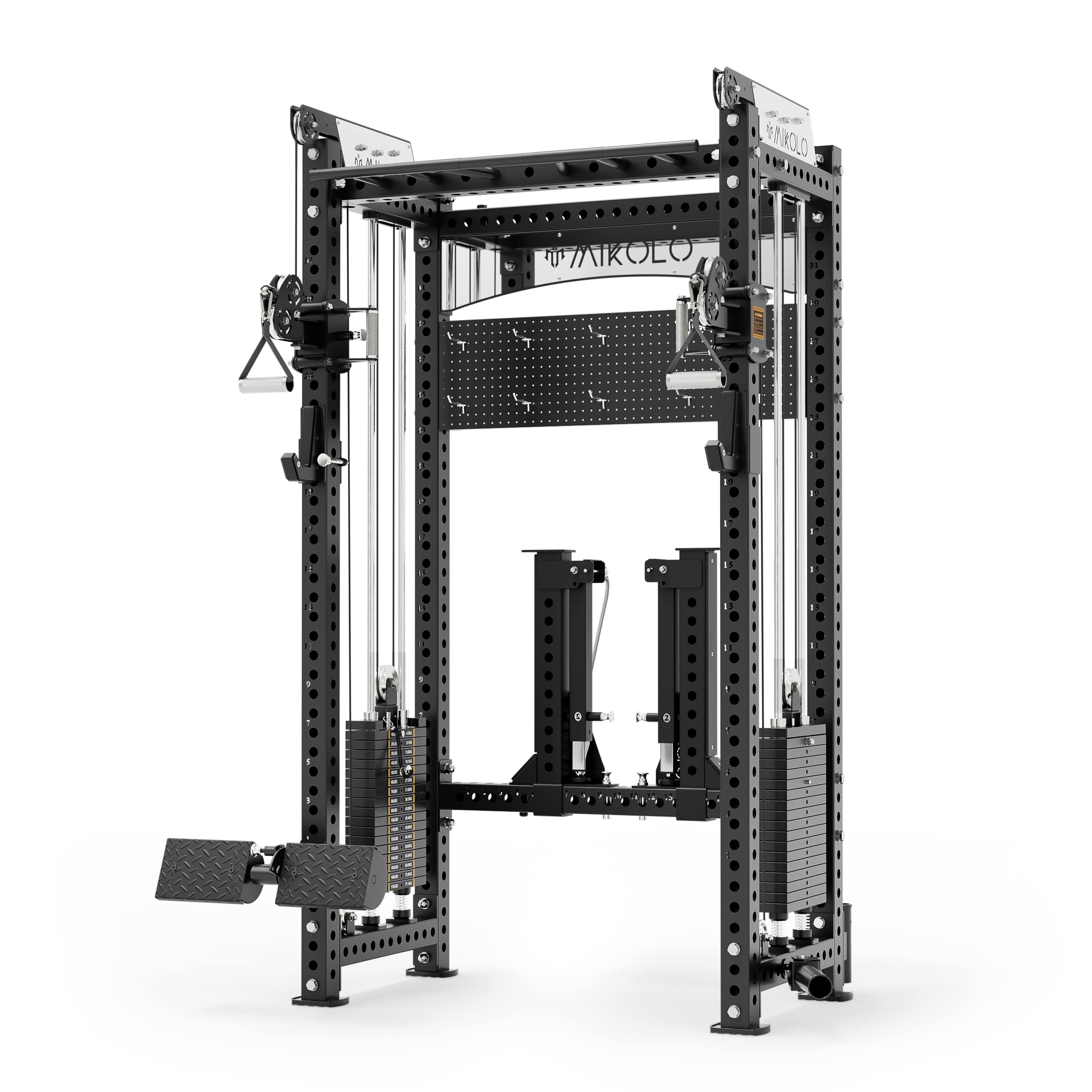

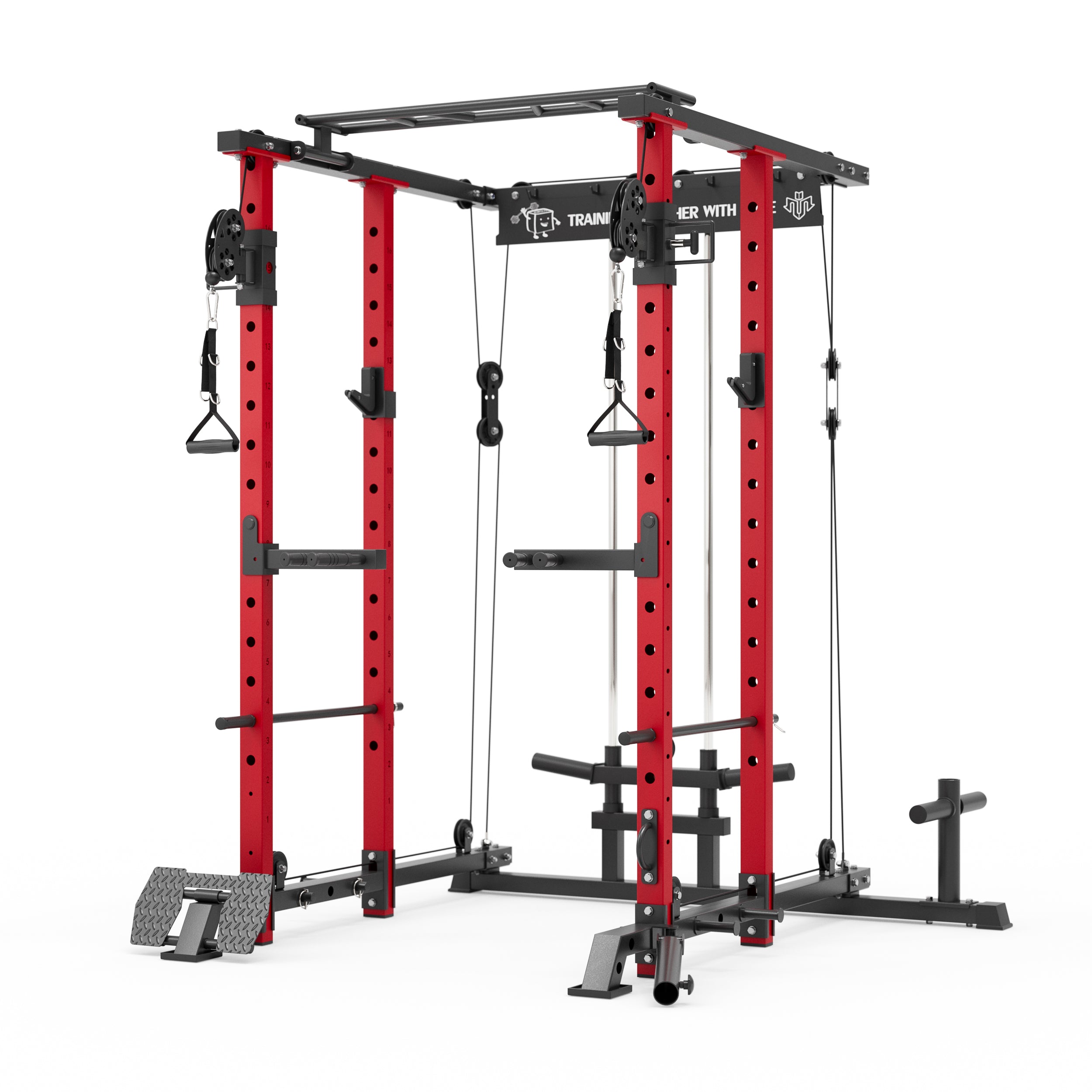



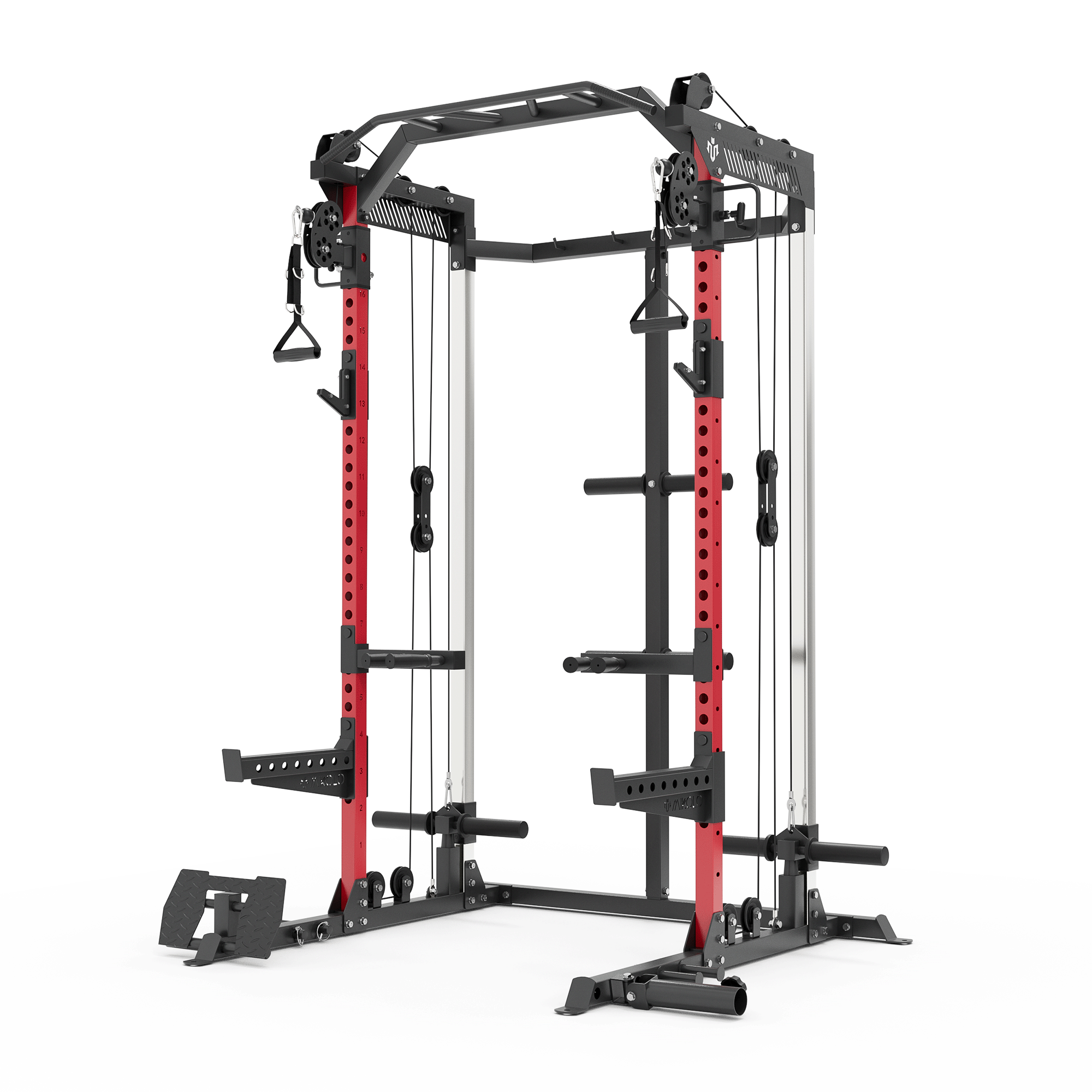
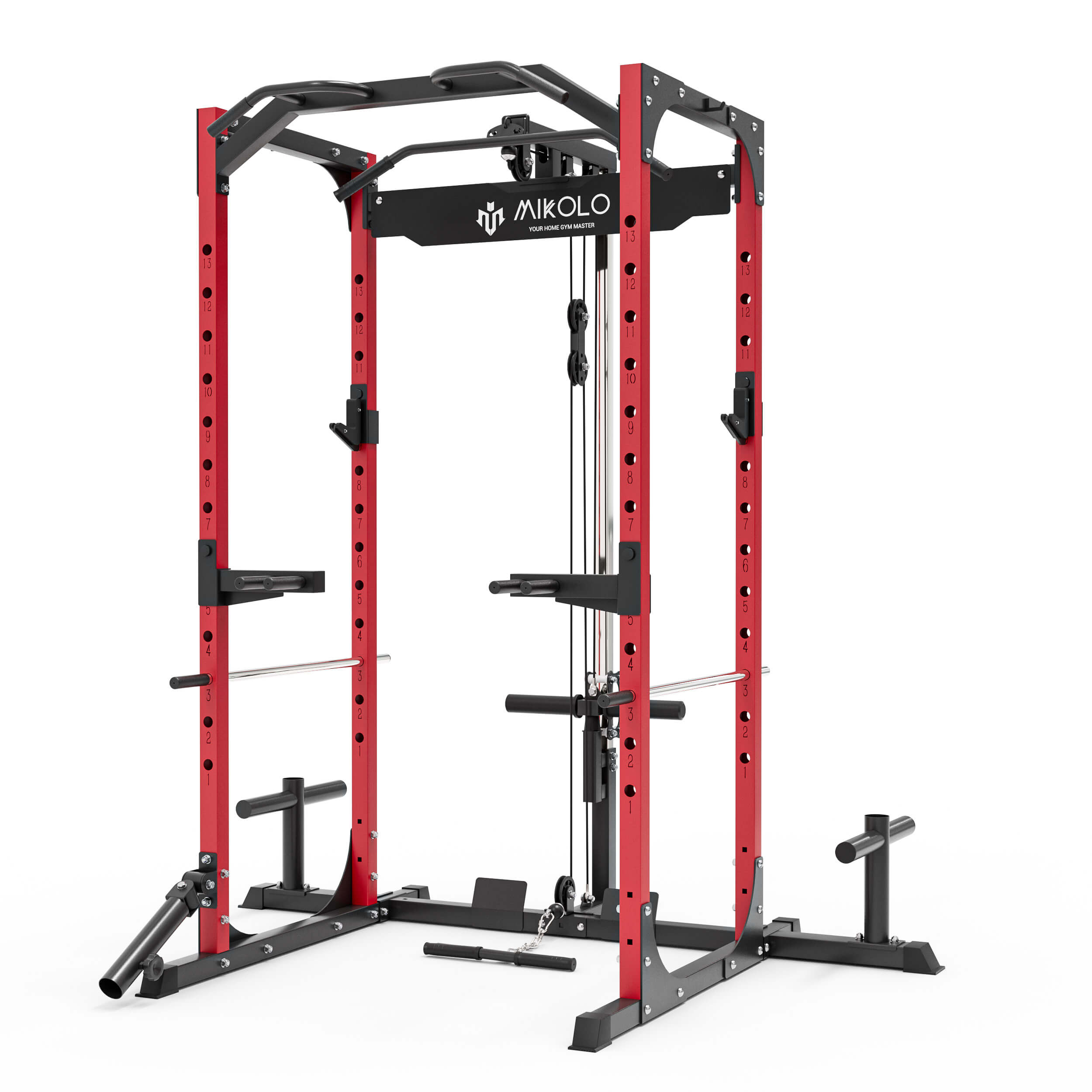




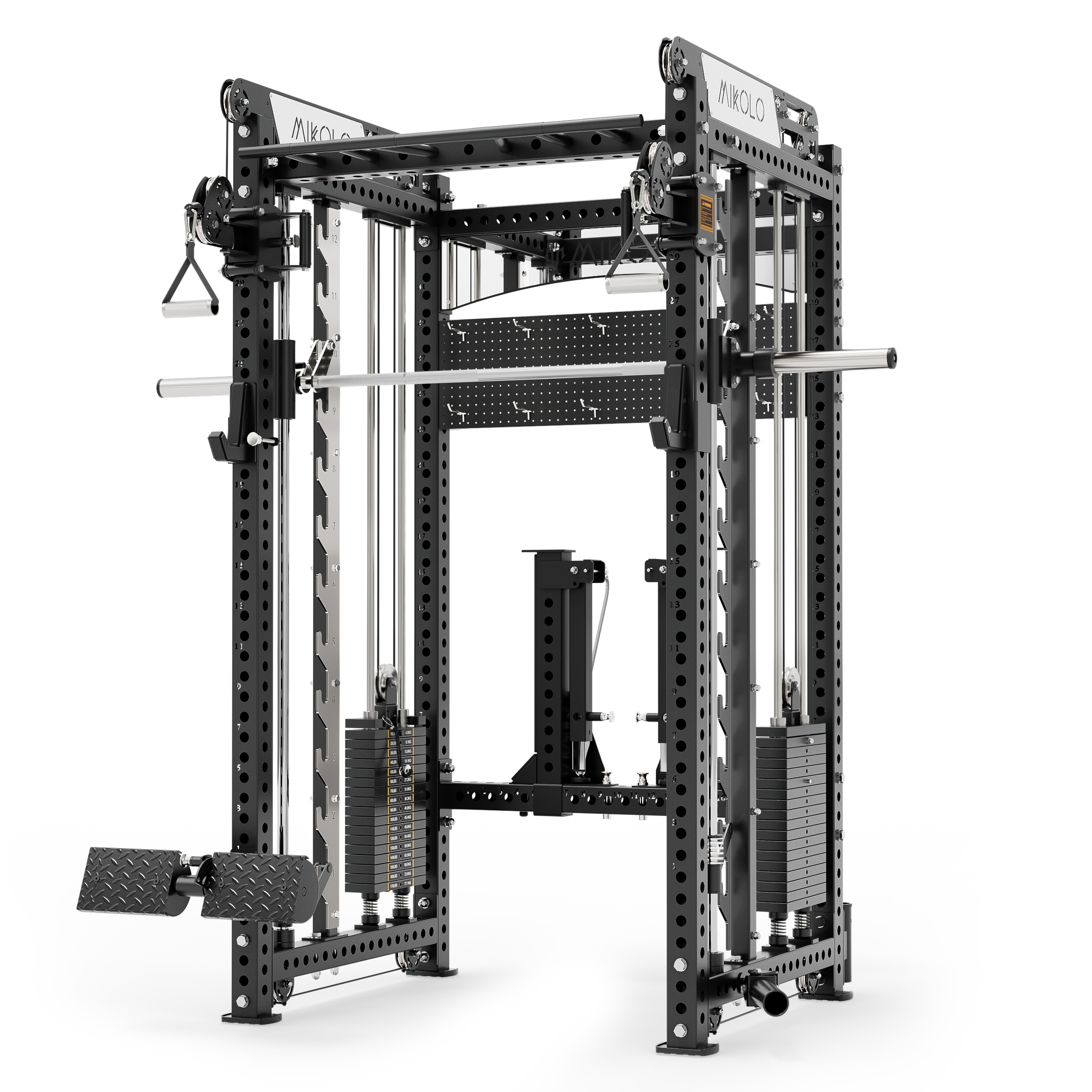

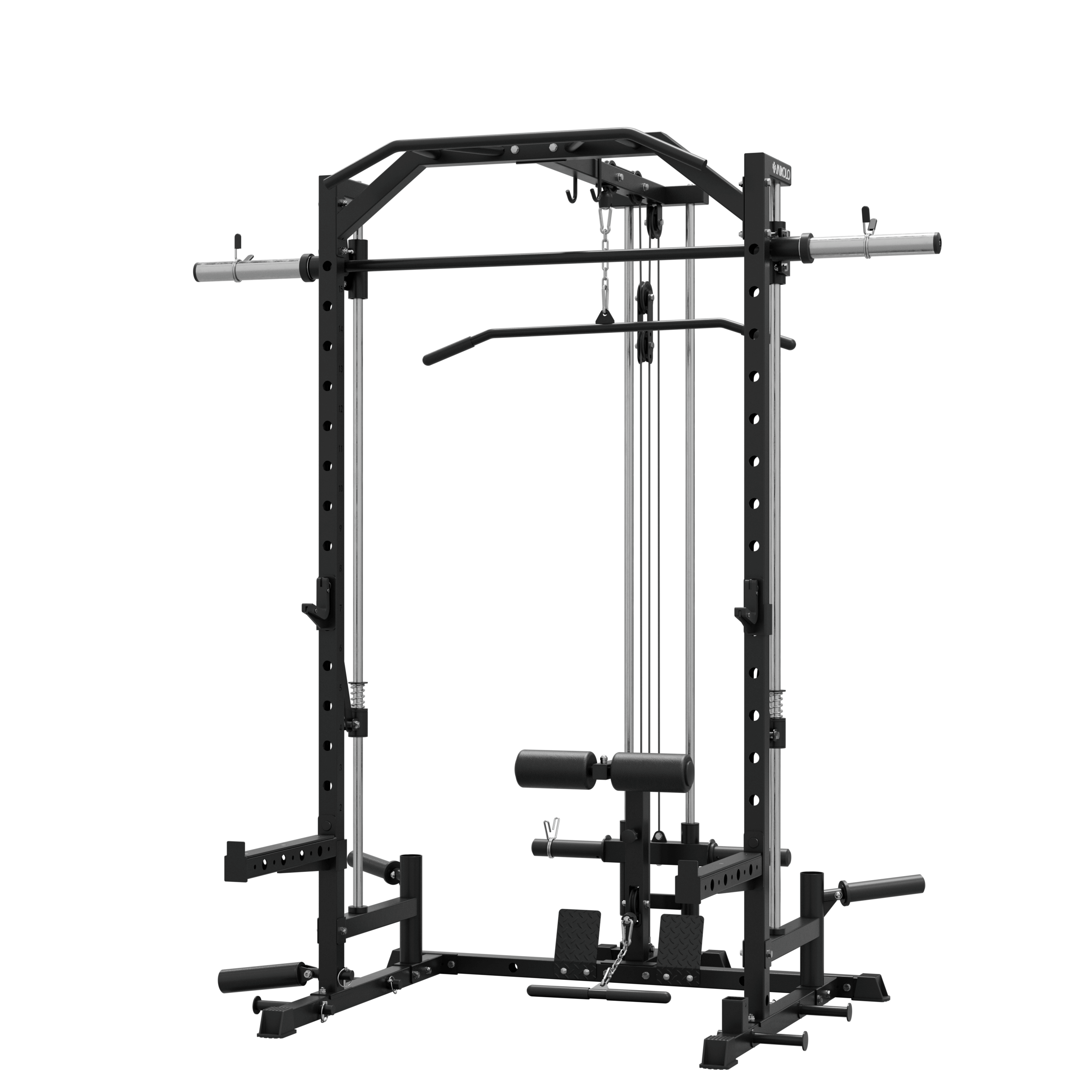
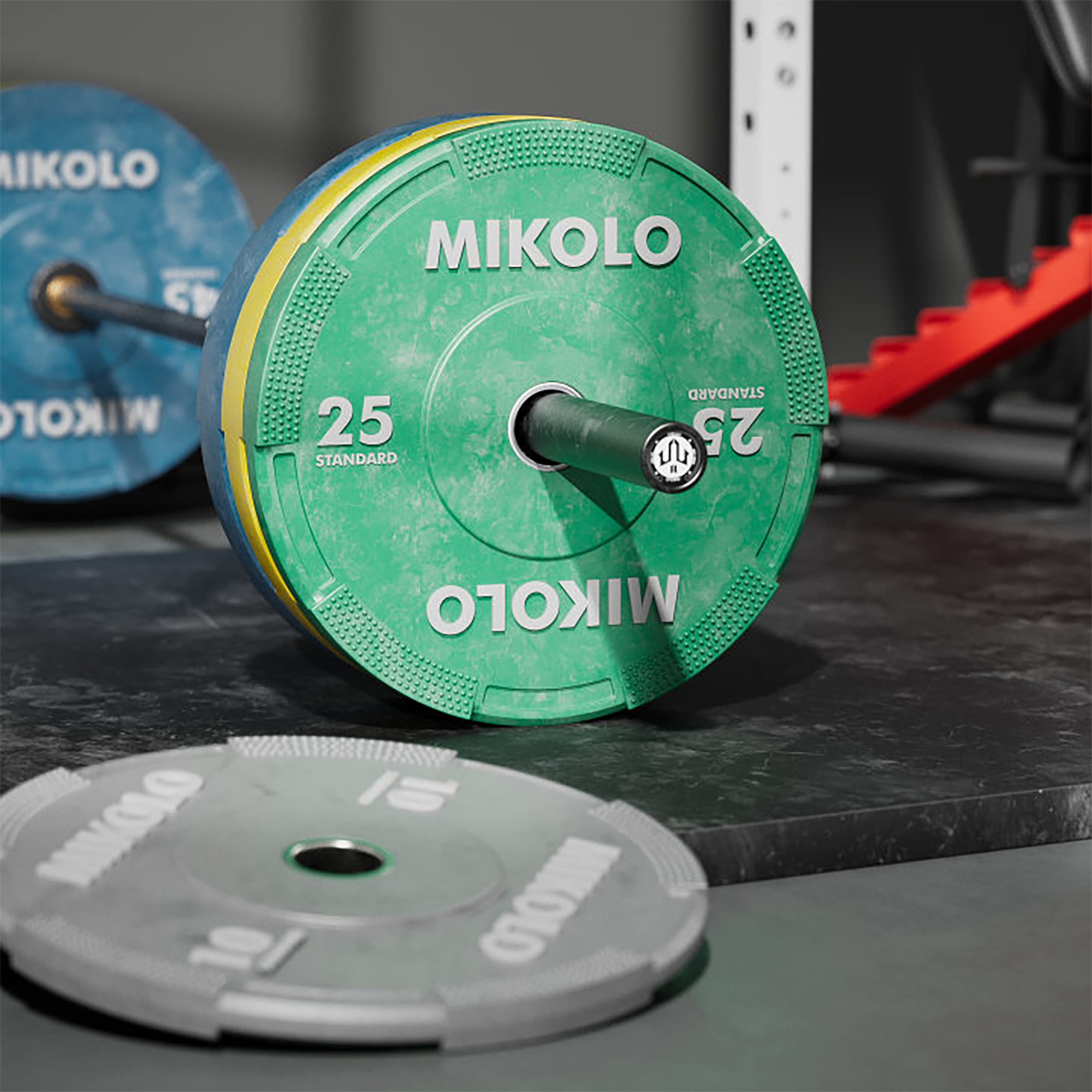
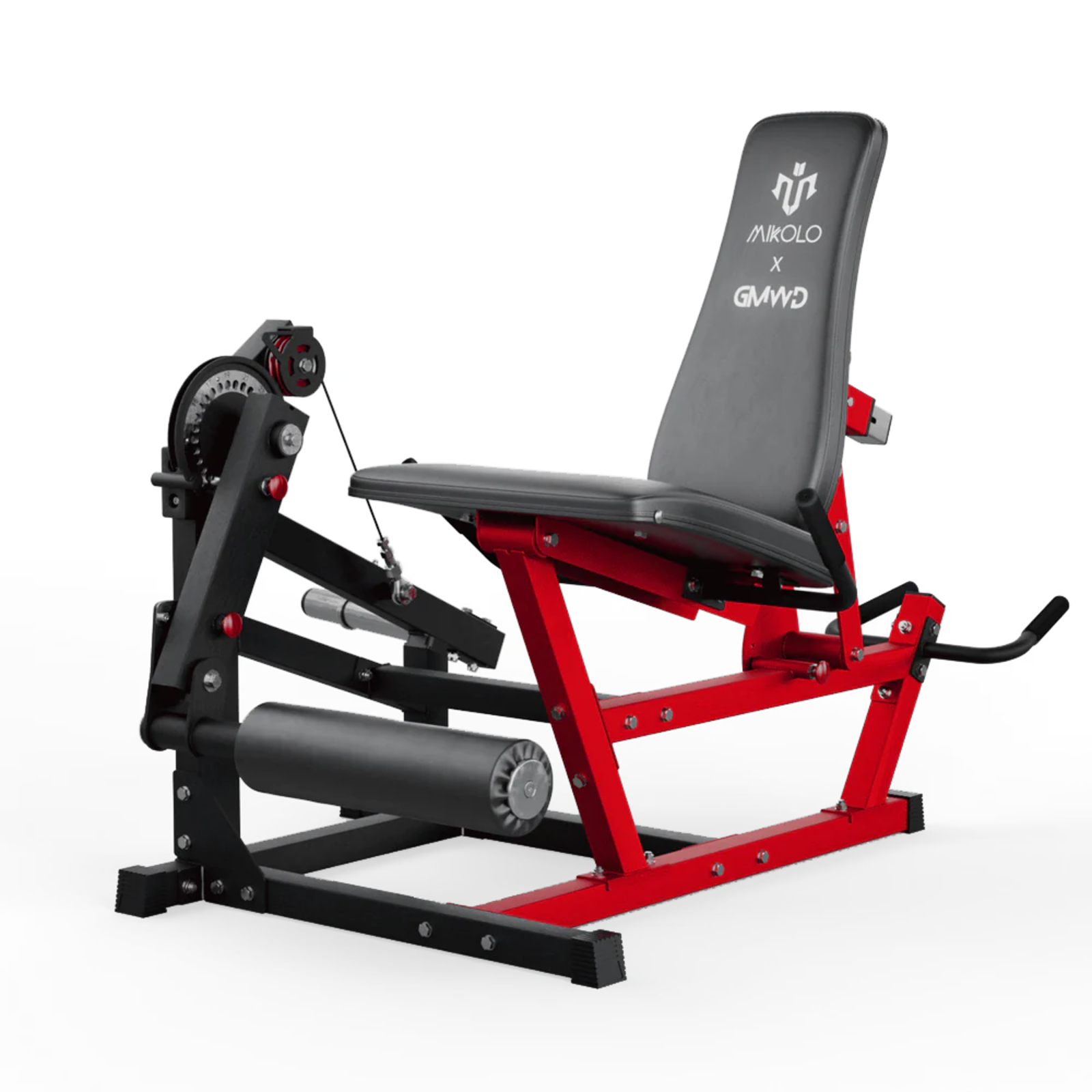

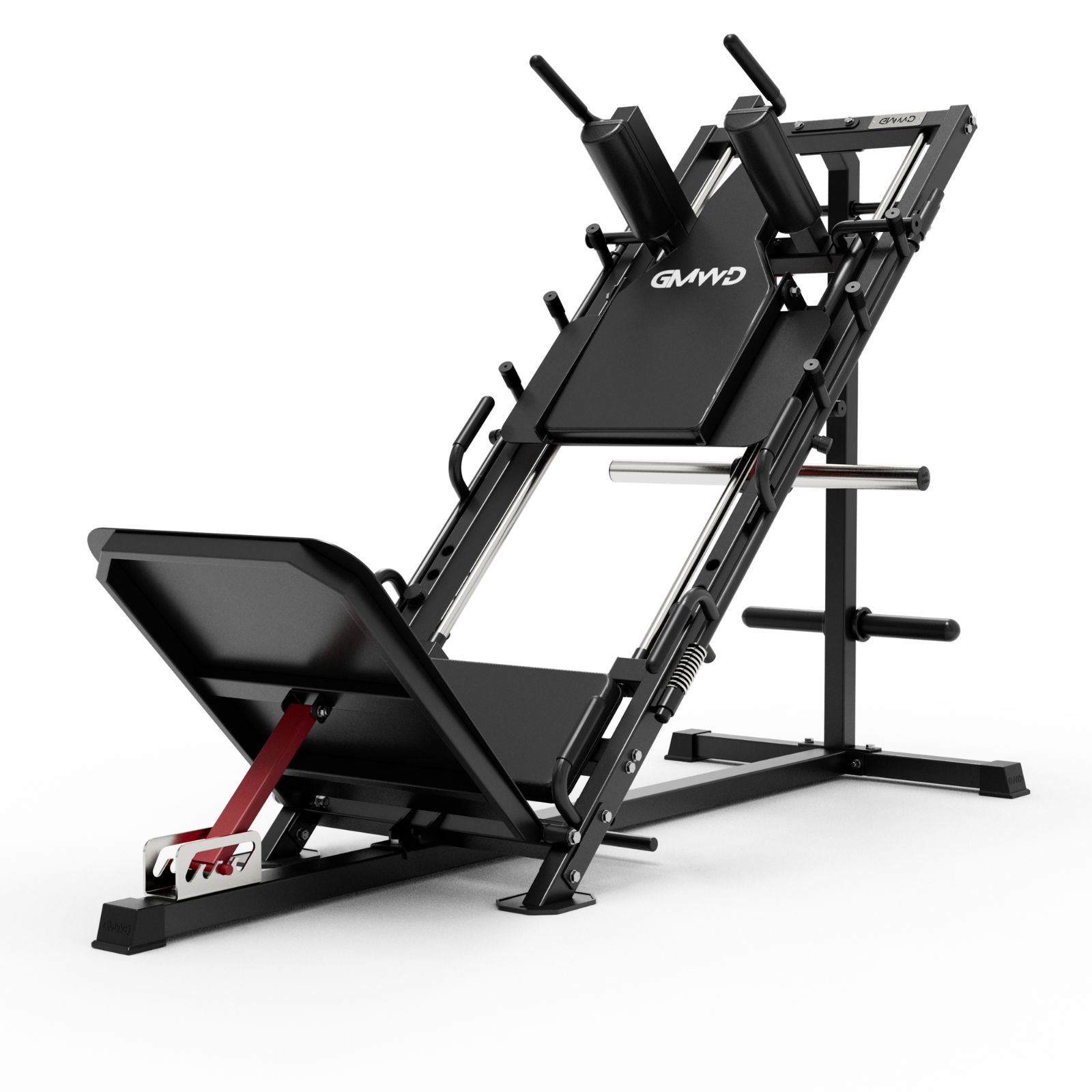


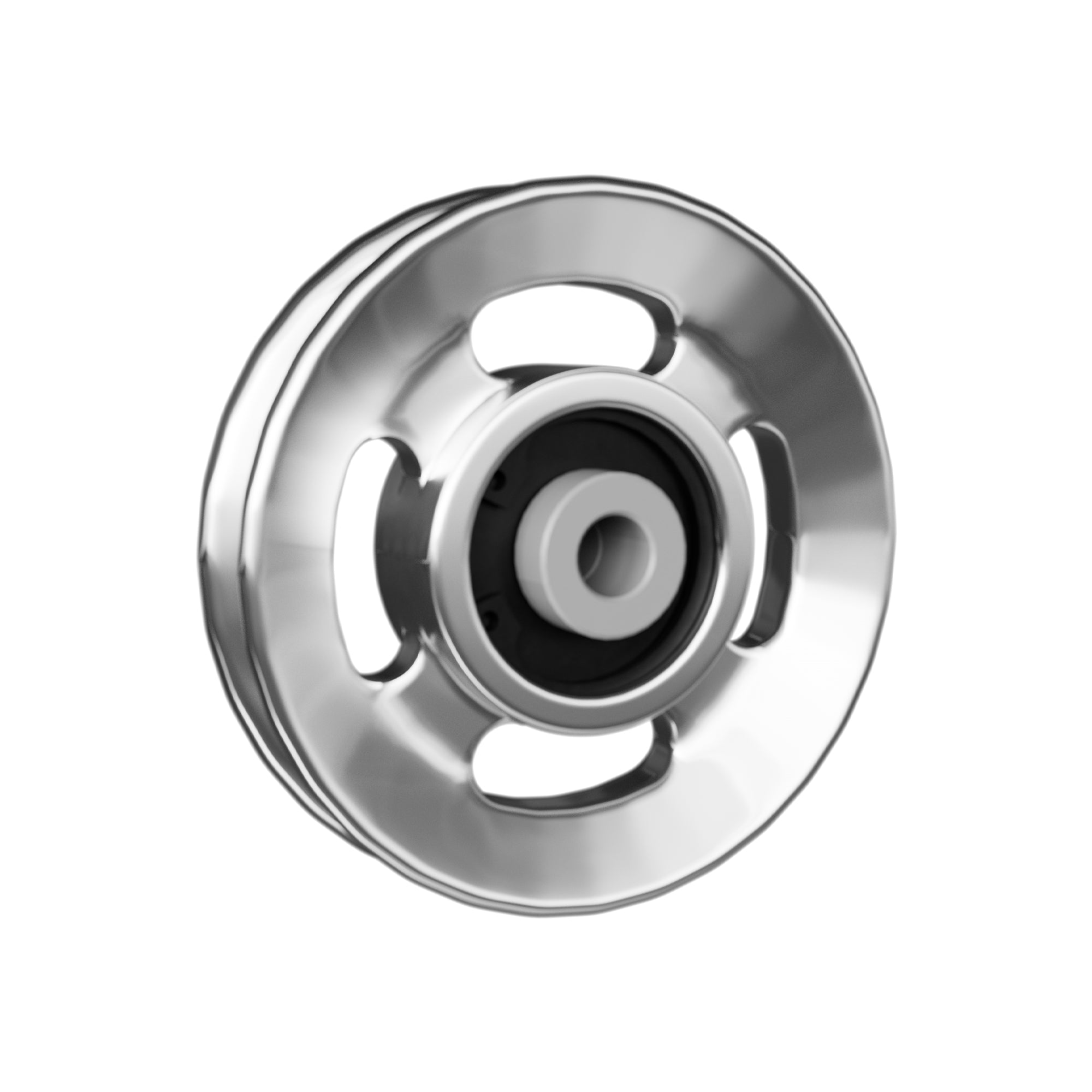
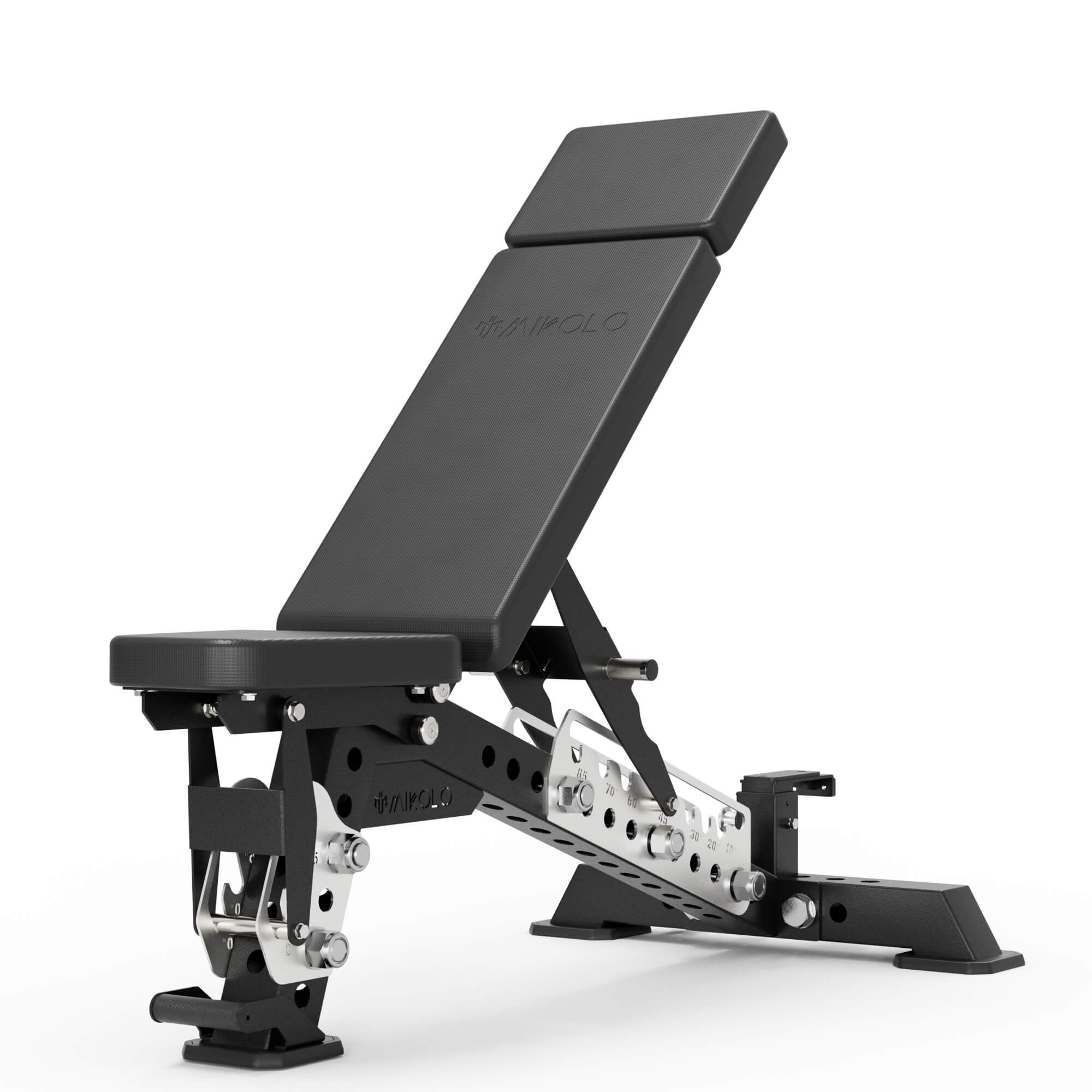
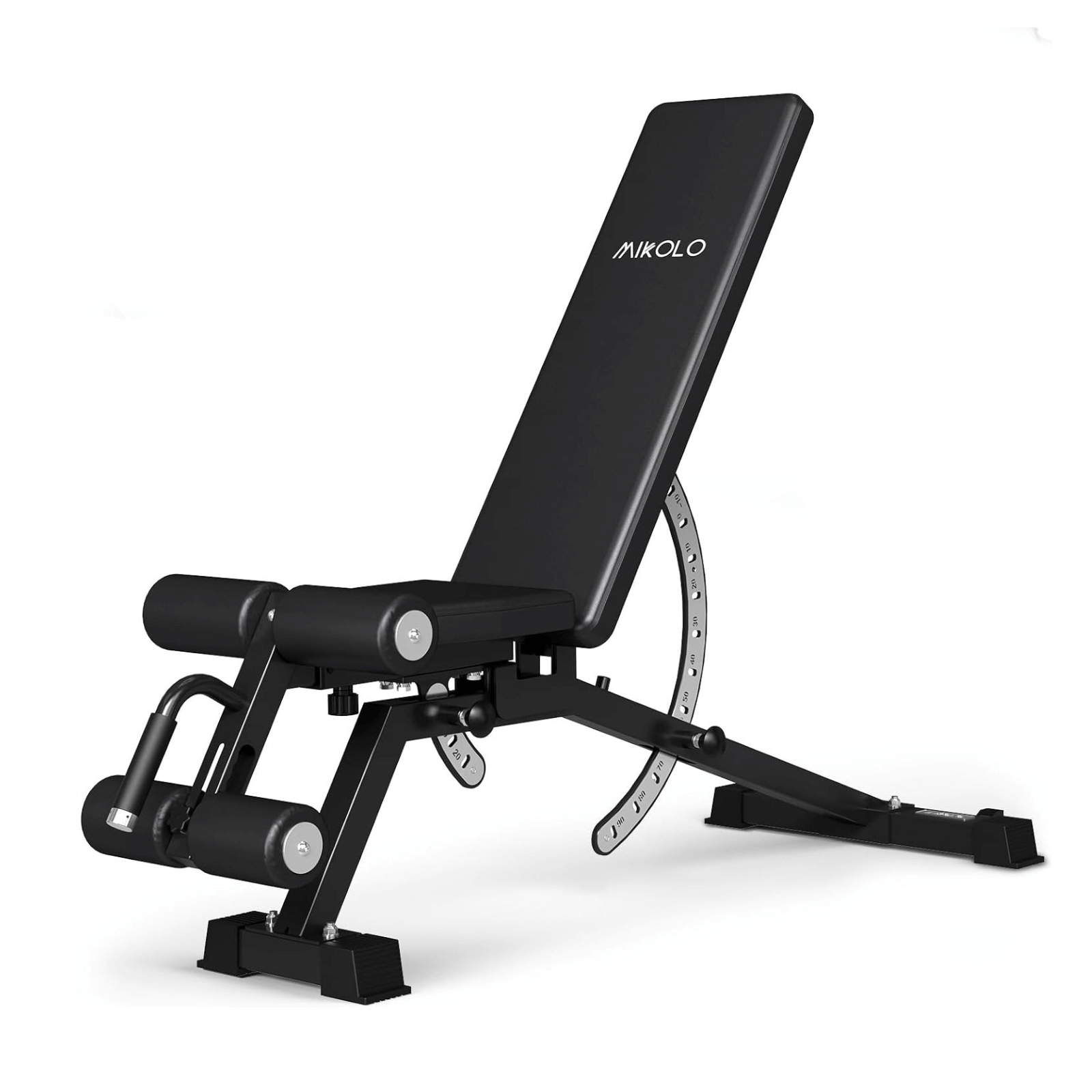

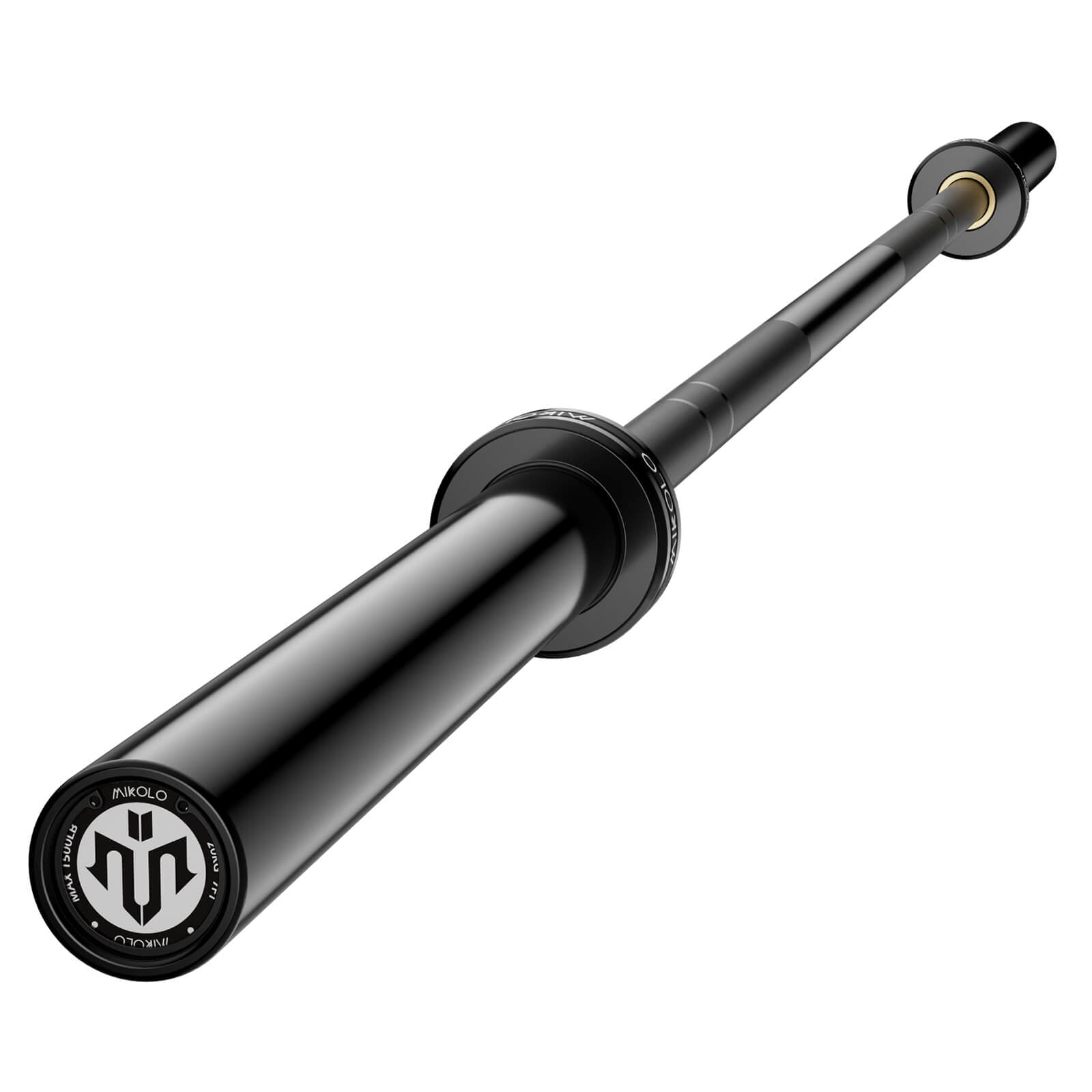
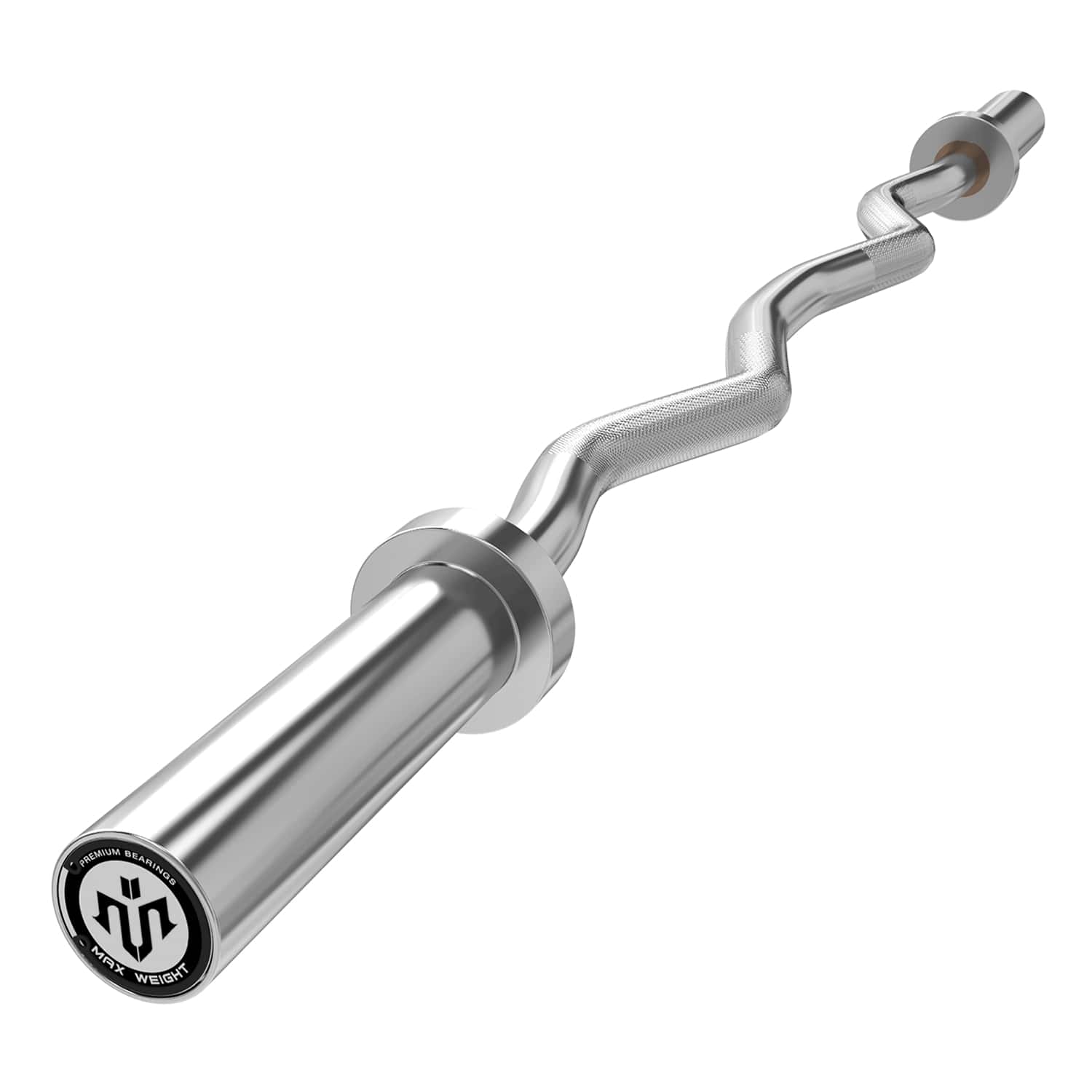
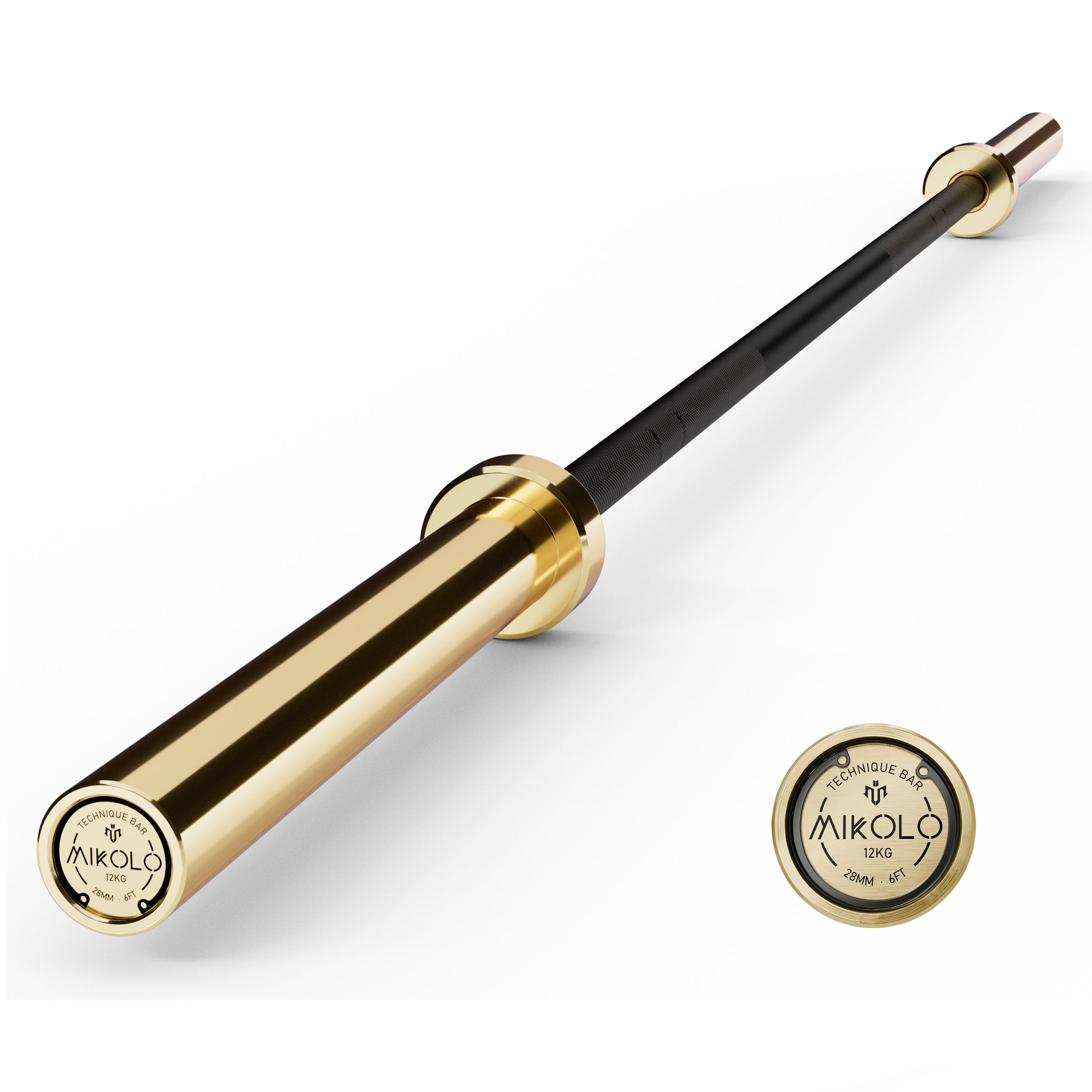
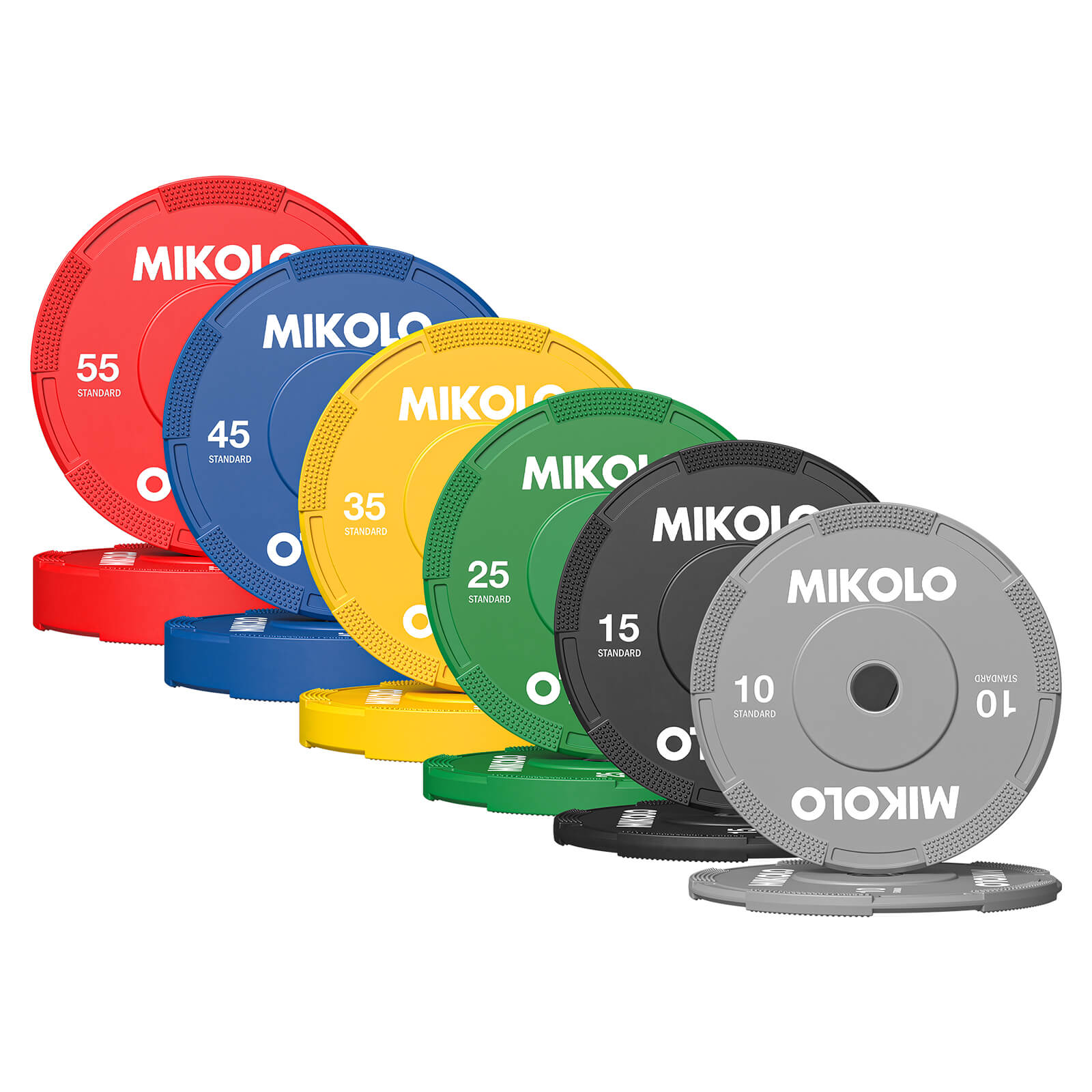
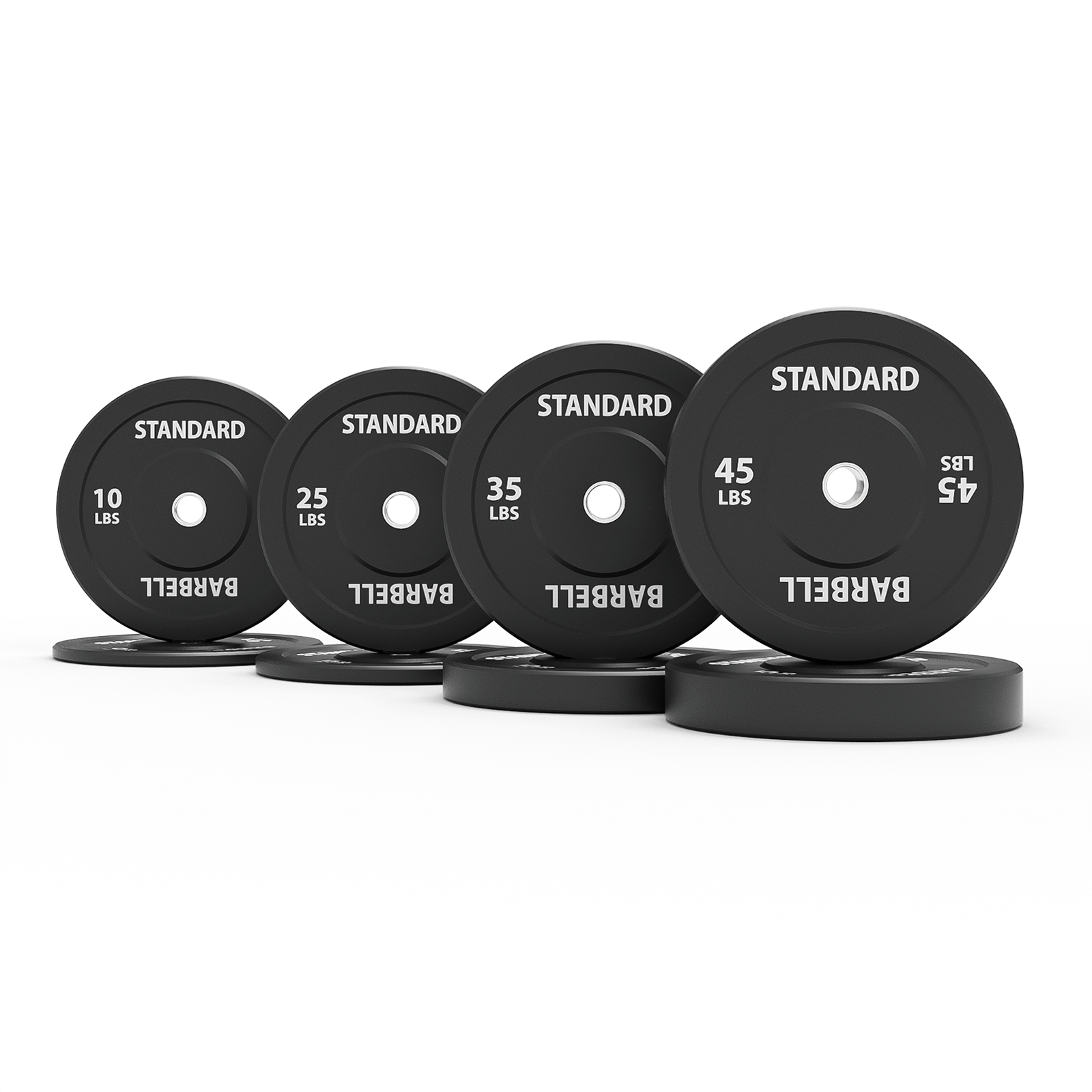
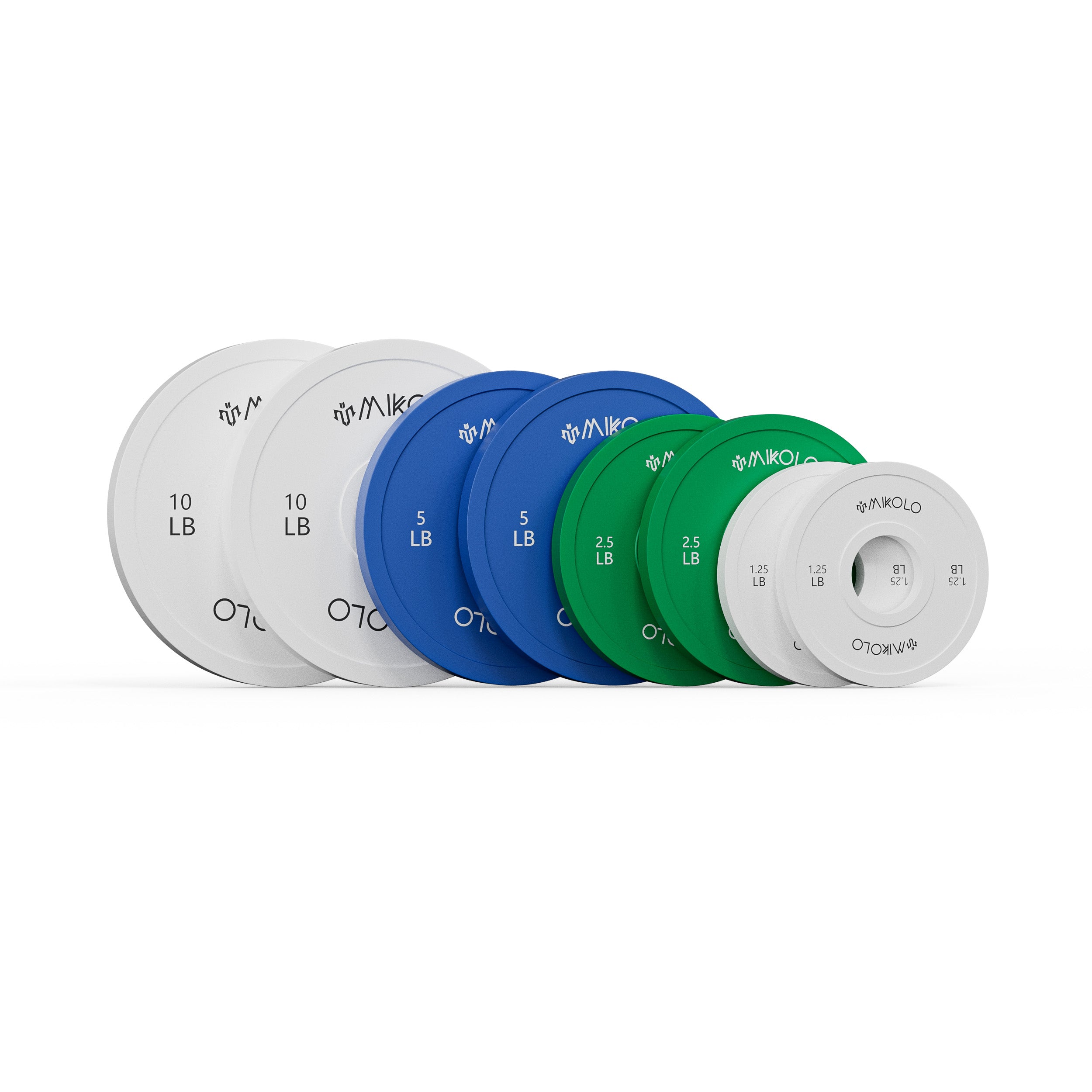


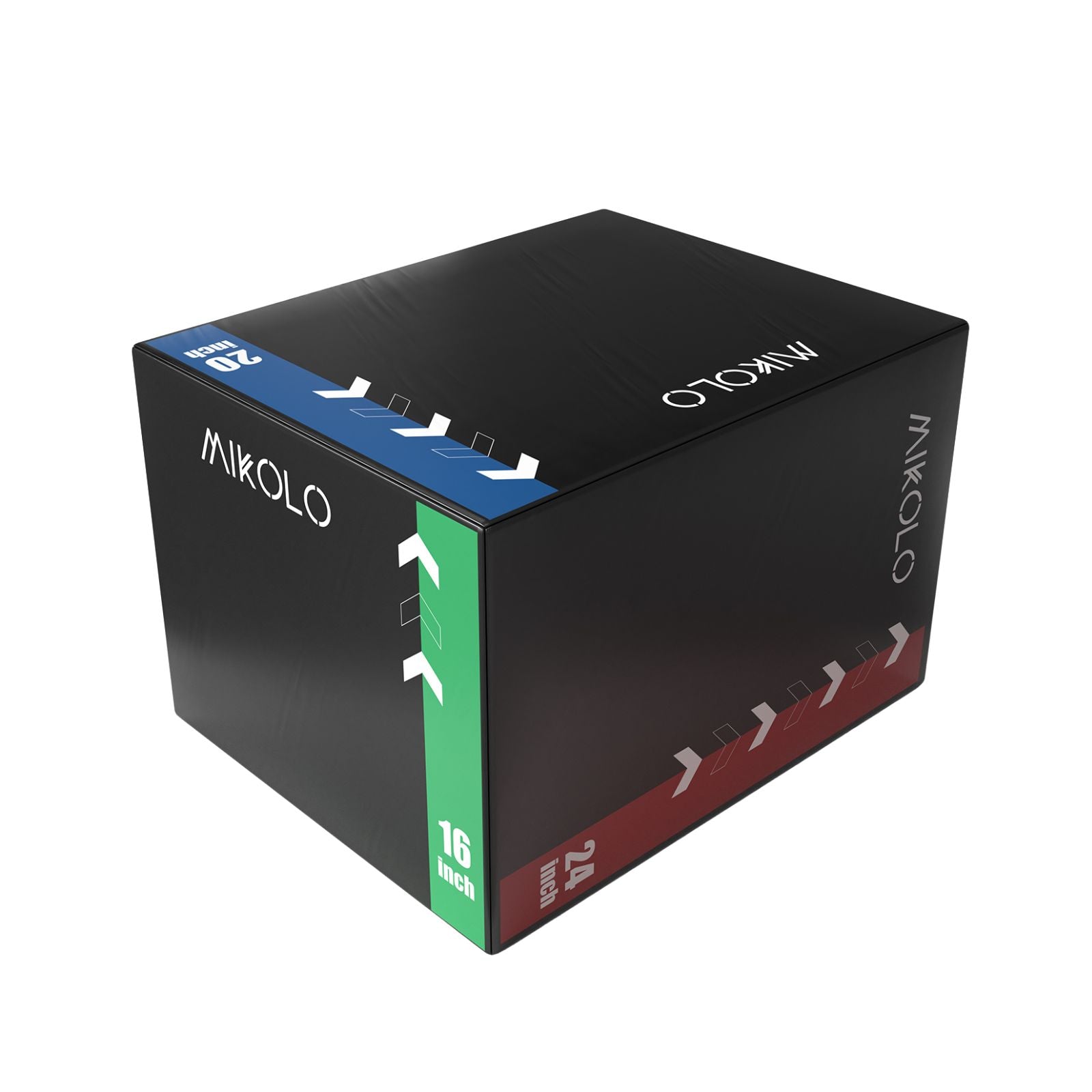
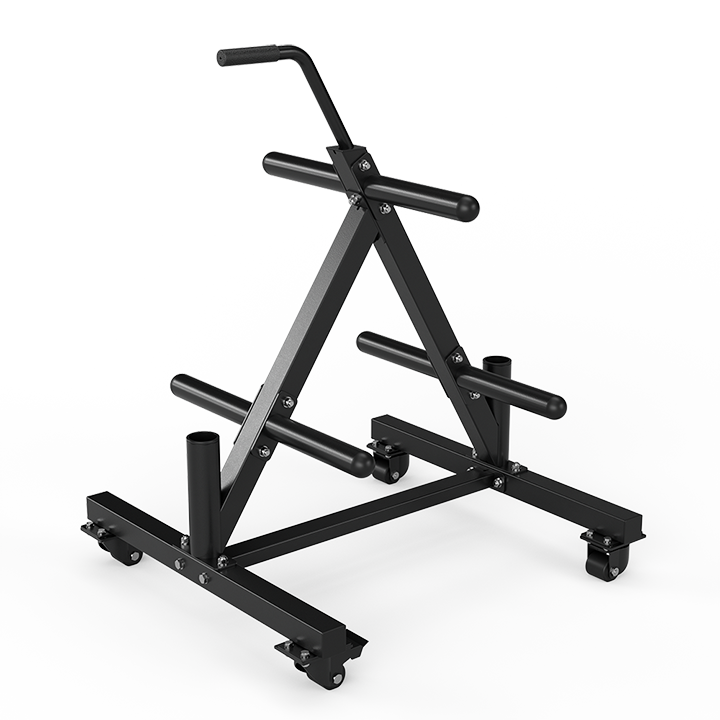





Leave a comment
This site is protected by hCaptcha and the hCaptcha Privacy Policy and Terms of Service apply.